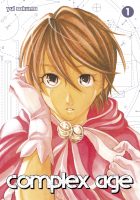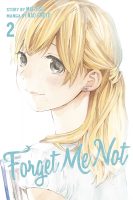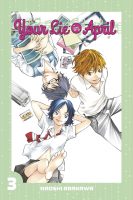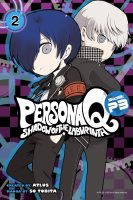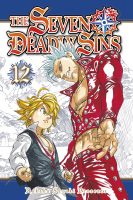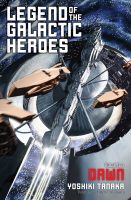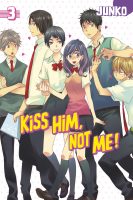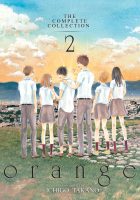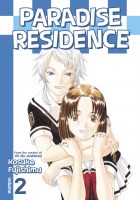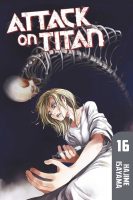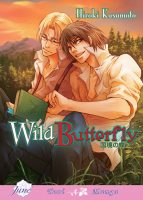While I’m currently following a more relaxed posting schedule at Experiments in Manga if there’s one thing that you’ll be able to count on it’s the monthly manga giveaway. And as it is now nearing the end of the June, it’s time for another one! This month you all have a chance to win a copy of Yui Sakuma’s Complex Age, Volume 1 as recently published in English by Kodansha Comics. As always, this giveaway is open worldwide!
I reviewed the first volume of Complex Age not too long ago and was surprised by how much I could identify with a manga that focuses on cosplay. Not that I have anything against cosplay. Quite the contrary, I admire the enthusiasm and devotion that so many cosplayers display and enjoy seeing the results of their efforts; it’s just that cosplay isn’t something that I’m personally invested or involved in. Complex Age is one of the few manga I know of in which cosplay has such a prominent role, but I can think of a few others that incorporate it in passing as well. Perhaps unsurprisingly, I tend to enjoy them, but Complex Age was the first to really hit close to home for me.
So, you may be wondering, how can you win a copy of Complex Age, Volume 1?
1) Have you encountered cosplay in a manga? If so, tell me a little about it in the comments below! (If you haven’t, simply mention that.)
2) If you’re on Twitter, you can earn a bonus entry by tweeting, or retweeting, about the contest. Make sure to include a link to this post and @PhoenixTerran (that’s me).
It’s as simple as that. Everyone participating has one week to submit comments and can earn up to two entries each for this giveaway. If you prefer or if you have trouble with the comment form, you can also send your comments to phoenixterran(at)gmail(dot)com and they will be posted here in your name. The winner of the giveaway will be randomly selected and announced on July 6, 2016. Best of luck to you all!
VERY IMPORTANT: Include some way that I can contact you. This can be an e-mail address in the comment form, a link to your website, Twitter username, or whatever. If I can’t figure out how to get a hold of you and you win, I’ll just draw another name.
Contest Winner Announced–Manga Giveaway: Complex Age Giveaway Winner

